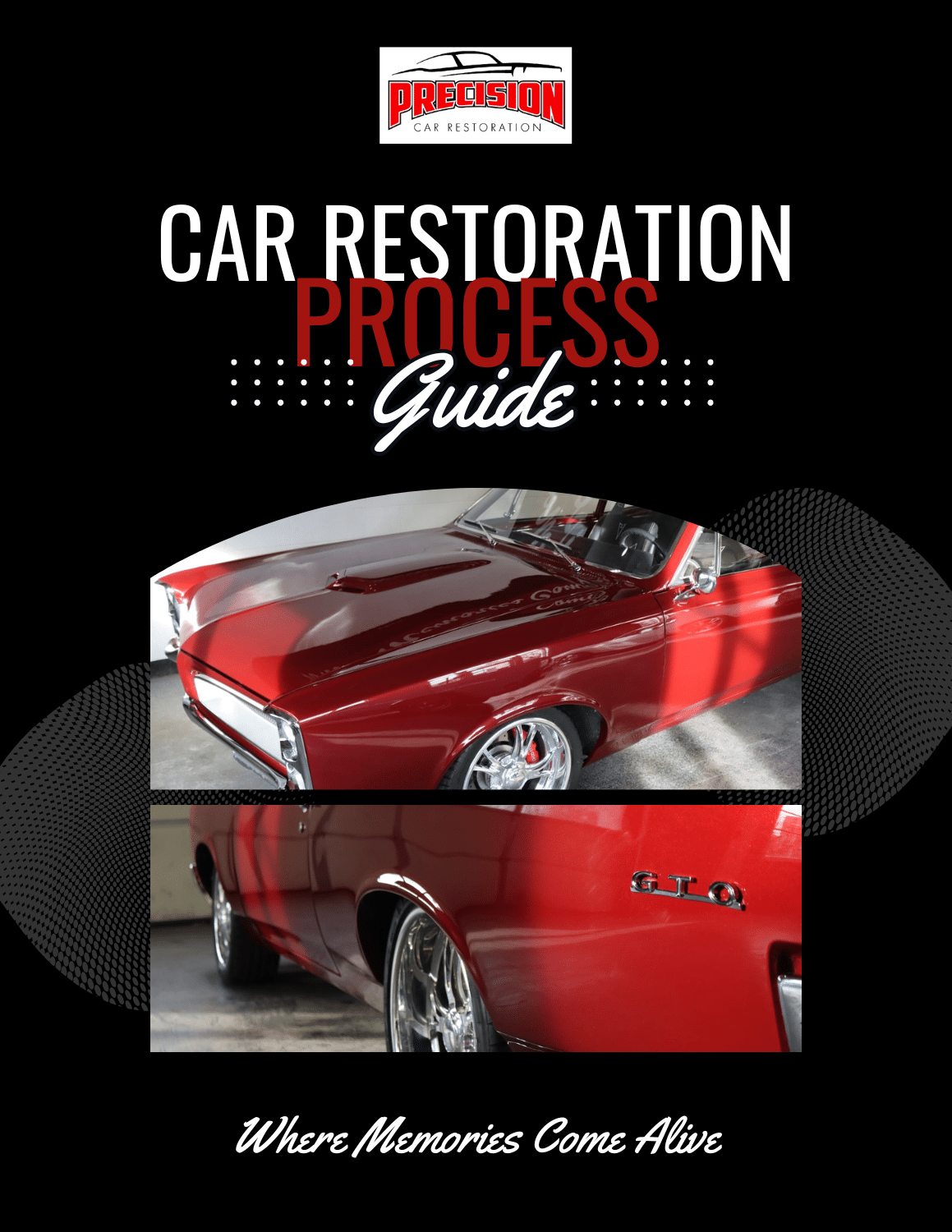Even though your classic may look great, drive great, and run strong a couple small leaks can turn the underside of your hot rod into an unsightly mess. That oil stain on your driveway is not the only place where you are going to find oil. Small oil leaks never fix themselves, and they only get worse. A common reason for these leaks can be a poor use of RTV (Room Temperature Vulcanizing) silicone sealant. These sealants can be overused to a point where they do more harm than good. In many classic car restoration shops, the use of RTV silicone is commonplace when replacing unobtainable gaskets. These are just a few tips to keep in mind when sealing an engine, transmission, or rear end.
Tip one – Never use silicone on a sensor. The sealant can cause a poor ground, preventing correct readings. Teflon tape can also be a culprit to a poorly grounded sensor. When it comes to any type of electronic sensor, new ones usually have thread sealant applied. It is best to avoid using any other than a very small amount of pipe thread sealant like Permatex’s Hi temp thread sealant.

Tip two – Never use a silicone sealant on any part of a fuel system. Fuel vapors cause the silicone to lose its adhesive properties causing the sealant to fail. Gasoline also causes the silicone to break apart. If this starts to happen any piece could fall into the fuel system causing a blockage. If absolutely necessary, a small amount of specialty fuel resistant sealant can be used on threaded fittings, but standard rtv silicone will NOT seal anything fuel related. The most effective way to seal a fuel system is with tight, quality fittings and clamps, along with the proper o-rings and gaskets.
Tip three – Never use an rtv silicone sealant on brake components. Just as with fuel, the properties of the hydraulic brake lines will also cause the silicone to breakdown and fail. Pieces coming off of the excess silicone can cause the braking system to become weak due to poor fluid flow. Silicone sealant will also fail almost immediately. The pressures of the hydraulic system will force right past any sealant. There is no sealer that will hold up to these pressures. The only way to seal a brake system is with the correct, tight fittings and quality components.
Tip four – Use in moderation. Too much silicone can cause major problems. Even in the correct application, too much sealant will break off within the oiling or cooling system. Within an oiling system, the excess will eventually build up on the bottom of the oil pan possibly causing a clog in the oil pump. This clog will lead to poor oil pressure and shortening the life of the engine or transmission. The cooling system is the same way; excess sealant can eventually build up causing poor coolant flow and in the most extreme case, cause overheating issues. Both of these problems can be caused by excessive amounts of sealant.
Tipfive – “The Squish Factor” – So now we know what not to do with the sealant, we need to know how we can use the sealant. A 1/16” to a ¼” bead is usually sufficient to seal a gasket. As you are installing any part with this small bead of silicone it is important to use direct pressure allowing the bead to “squish” out of the edge. When doing this, your goal is to have a very small amount of excess silicone showing around the edges. You want to make sure the silicone bead and excess is consistent and even. When using with a gasket a very thin even layer is all that is need. This is where the “squish factor” comes into play. After your component is installed, whether it’s a water pump or an oil pan, having too much excess dripping off when fully tightened is a sign there was too much silicone sealant used. If there is none showing it is possible not enough was used and if the excess is uneven it is possible the sealing surface is also uneven or the amount used was not consistent. An even bead or layer is crucial to obtaining a sufficient long-lasting seal.
![]()



